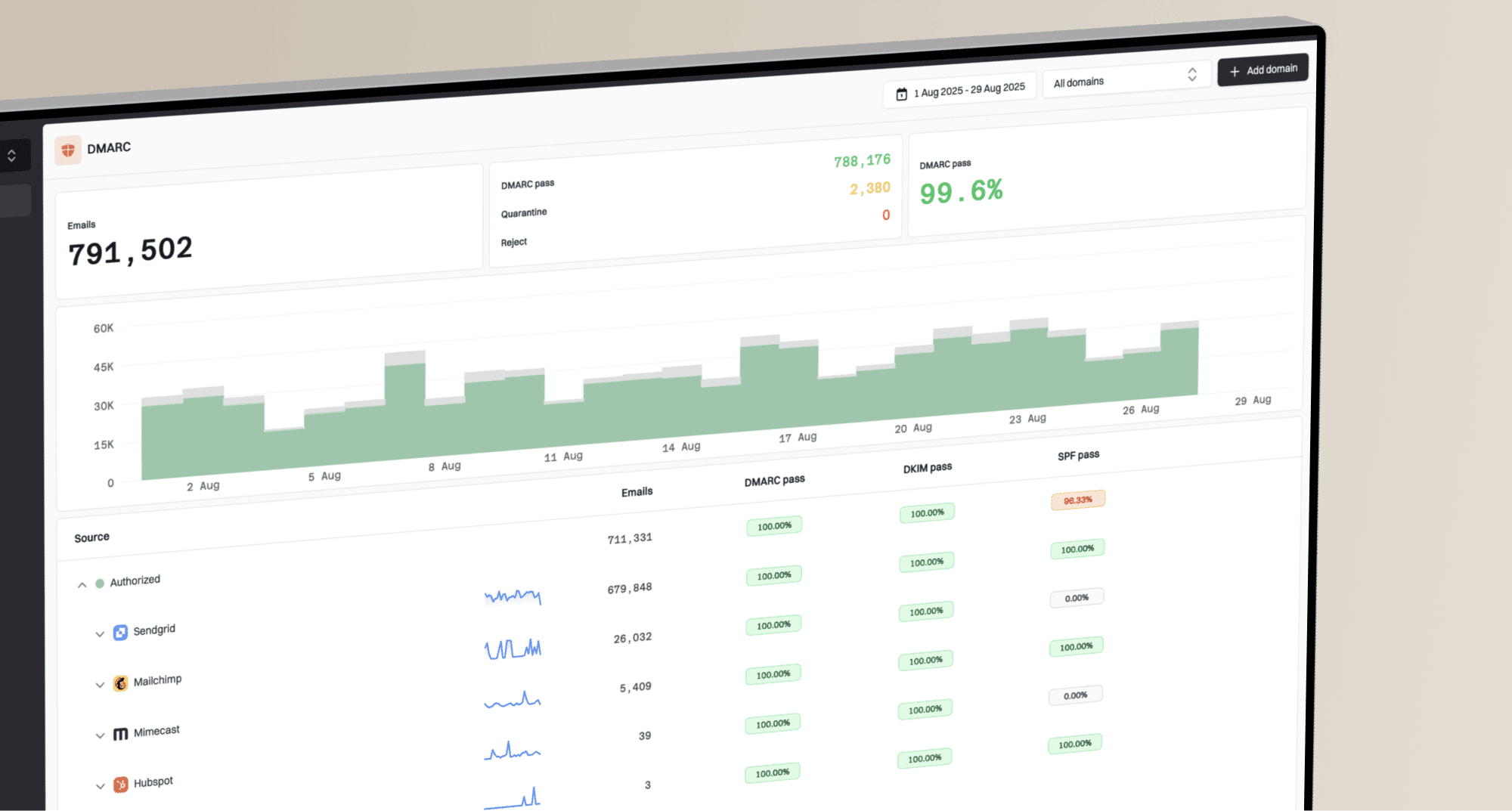nsZones DNSBL Block List (BL)


 Spamhaus
Spamhaus 0Spam
0Spam Cisco
Cisco NoSolicitado
NoSolicitado URIBL
URIBL abuse.ro
abuse.ro ALPHANET
ALPHANET Anonmails
Anonmails Ascams
Ascams BLOCKEDSERVERS
BLOCKEDSERVERS Calivent Networks
Calivent Networks EFnet
EFnet
 JustSpam
JustSpam Kempt.net
Kempt.net
 NordSpam
NordSpam RV-SOFT Technology
RV-SOFT Technology
 Scientific Spam
Scientific Spam Spamikaze
Spamikaze SpamRATS
SpamRATS SPFBL
SPFBL Suomispam
Suomispam System 5 Hosting
System 5 Hosting Team Cymru
Team Cymru Validity
Validity www.blocklist.de Fail2Ban-Reporting Service
www.blocklist.de Fail2Ban-Reporting Service ZapBL
ZapBL 2stepback.dk
2stepback.dk Fayntic Services
Fayntic Services ORB UK
ORB UK technoirc.org
technoirc.org TechTheft
TechTheft Spamhaus
Spamhaus 0Spam
0Spam Cisco
Cisco NoSolicitado
NoSolicitado URIBL
URIBL abuse.ro
abuse.ro ALPHANET
ALPHANET Anonmails
Anonmails Ascams
Ascams BLOCKEDSERVERS
BLOCKEDSERVERS Calivent Networks
Calivent Networks EFnet
EFnet
 JustSpam
JustSpam Kempt.net
Kempt.net
 NordSpam
NordSpam RV-SOFT Technology
RV-SOFT Technology
 Scientific Spam
Scientific Spam Spamikaze
Spamikaze SpamRATS
SpamRATS SPFBL
SPFBL Suomispam
Suomispam System 5 Hosting
System 5 Hosting Team Cymru
Team Cymru Validity
Validity www.blocklist.de Fail2Ban-Reporting Service
www.blocklist.de Fail2Ban-Reporting Service ZapBL
ZapBL 2stepback.dk
2stepback.dk Fayntic Services
Fayntic Services ORB UK
ORB UK technoirc.org
technoirc.org TechTheft
TechTheft Spamhaus
Spamhaus 0Spam
0Spam Cisco
Cisco NoSolicitado
NoSolicitado URIBL
URIBL abuse.ro
abuse.ro ALPHANET
ALPHANET Anonmails
Anonmails Ascams
Ascams BLOCKEDSERVERS
BLOCKEDSERVERS Calivent Networks
Calivent Networks EFnet
EFnet
 JustSpam
JustSpam Kempt.net
Kempt.net
 NordSpam
NordSpam RV-SOFT Technology
RV-SOFT Technology
 Scientific Spam
Scientific Spam Spamikaze
Spamikaze SpamRATS
SpamRATS SPFBL
SPFBL Suomispam
Suomispam System 5 Hosting
System 5 Hosting Team Cymru
Team Cymru Validity
Validity www.blocklist.de Fail2Ban-Reporting Service
www.blocklist.de Fail2Ban-Reporting Service ZapBL
ZapBL 2stepback.dk
2stepback.dk Fayntic Services
Fayntic Services ORB UK
ORB UK technoirc.org
technoirc.org TechTheft
TechTheft Spamhaus
Spamhaus 0Spam
0Spam Cisco
Cisco NoSolicitado
NoSolicitado URIBL
URIBL abuse.ro
abuse.ro ALPHANET
ALPHANET Anonmails
Anonmails Ascams
Ascams BLOCKEDSERVERS
BLOCKEDSERVERS Calivent Networks
Calivent Networks EFnet
EFnet
 JustSpam
JustSpam Kempt.net
Kempt.net
 NordSpam
NordSpam RV-SOFT Technology
RV-SOFT Technology
 Scientific Spam
Scientific Spam Spamikaze
Spamikaze SpamRATS
SpamRATS SPFBL
SPFBL Suomispam
Suomispam System 5 Hosting
System 5 Hosting Team Cymru
Team Cymru Validity
Validity www.blocklist.de Fail2Ban-Reporting Service
www.blocklist.de Fail2Ban-Reporting Service ZapBL
ZapBL 2stepback.dk
2stepback.dk Fayntic Services
Fayntic Services ORB UK
ORB UK technoirc.org
technoirc.org TechTheft
TechTheft Spamhaus
Spamhaus 0Spam
0Spam Cisco
Cisco NoSolicitado
NoSolicitado URIBL
URIBL abuse.ro
abuse.ro ALPHANET
ALPHANET Anonmails
Anonmails Ascams
Ascams BLOCKEDSERVERS
BLOCKEDSERVERS Calivent Networks
Calivent Networks EFnet
EFnet
 JustSpam
JustSpam Kempt.net
Kempt.net
 NordSpam
NordSpam RV-SOFT Technology
RV-SOFT Technology
 Scientific Spam
Scientific Spam Spamikaze
Spamikaze SpamRATS
SpamRATS SPFBL
SPFBL Suomispam
Suomispam System 5 Hosting
System 5 Hosting Team Cymru
Team Cymru Validity
Validity www.blocklist.de Fail2Ban-Reporting Service
www.blocklist.de Fail2Ban-Reporting Service ZapBL
ZapBL 2stepback.dk
2stepback.dk Fayntic Services
Fayntic Services ORB UK
ORB UK technoirc.org
technoirc.org TechTheft
TechTheftThe nsZones DNSBL Block List (BL) is a type of DNS blacklist (or blocklist) that maintains a realtime database of IP addresses associated with spamming activities. This includes open relays, hosts known for sending spam, compromised PCs, and hosts on dynamic IP networks. Its primary goal is to provide a tool for system administrators to help prevent unwanted spam from reaching their users.
The nsZones blacklist is structured into several zones, allowing for more granular filtering. The main zone, bl.nszones.com, is a combination of their other lists. Technically, it functions like other DNS-based blacklists. A mail server can query the nsZones DNSBL by sending a DNS request with the reversed IP address of an incoming email connection. For example, to check the IP address 1.2.3.4, the server would query 4.3.2.1.bl.nszones.com. If the IP is listed, the blocklist returns a specific 127.0.0.x address indicating the reason for the listing:
All hosts on this blocklist are periodically re-checked, and hosts that are no longer compromised or misconfigured are automatically removed over time.
The nsZones DNSBL Block List (BL) is operated by the organization nsZones. They position their service as a standard defensive tool (a DNSBL) that helps reduce spam volume for email systems. nsZones emphasizes that blocklists do not actively block emails; instead, they provide information that receiving mail servers can use to reject or filter messages according to their own policies.
nsZones also runs a public mirror program, allowing volunteers to host copies of the nsZones databases on their own servers (Linux, Unix, or Windows). This helps distribute the query load and improve the service's availability and speed for users around the world.
Before requesting removal from any blacklist, you must first identify and resolve the underlying issue that caused the listing. This could involve securing a compromised machine, closing an open relay, or addressing a spam-sending account.
Once the problem is fixed, you can request delisting. nsZones offers two paths for removal. You can check your IP status and request removal using their lookup and removal form.
The first option is automatic expiration. Listings on the nsZones blacklist are temporary and will automatically expire free of charge. However, the expiration period is very long, set at 60 months (5 years) after the last detected abuse from the IP address.
The second option is an expedited manual express delisting. If you cannot wait for the automatic expiration, you can pay a fee of 7.95 EUR for immediate removal. According to nsZones, this payment also guarantees your IP will not be listed again for the next 24 months.
The impact of being listed on the nsZones blacklist is generally considered low. This suggests that it is not widely used by major global mailbox providers like Gmail, Microsoft Outlook, or Yahoo. However, it may be used by smaller internet service providers, corporate mail servers, or hosting companies.
If a recipient's mail server uses this blocklist, your emails to them will likely be rejected and bounce back, or they may be routed directly to the spam folder. While the overall impact may be low, it can still cause significant delivery problems if your target audience uses mail systems that reference this specific list.
